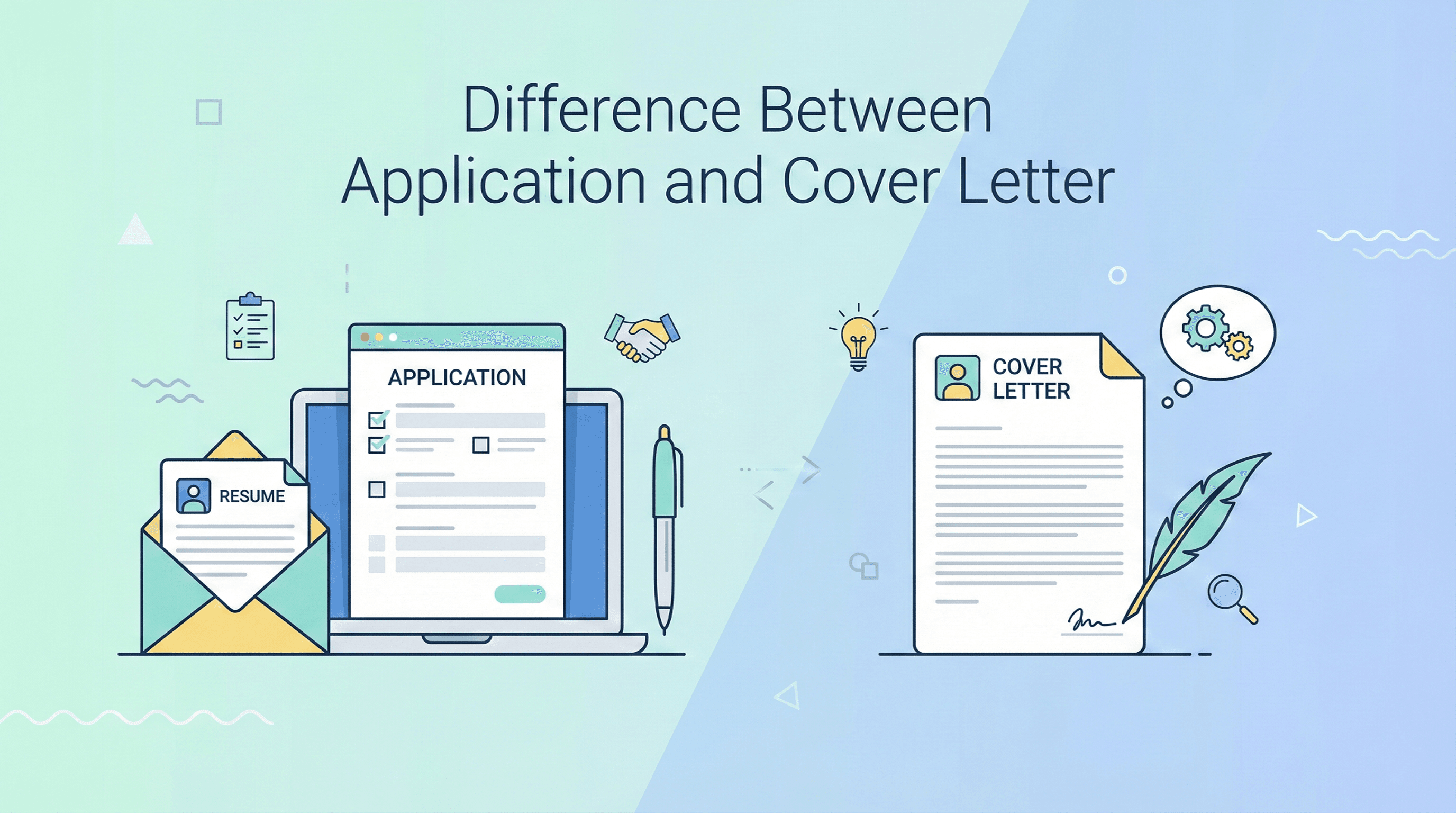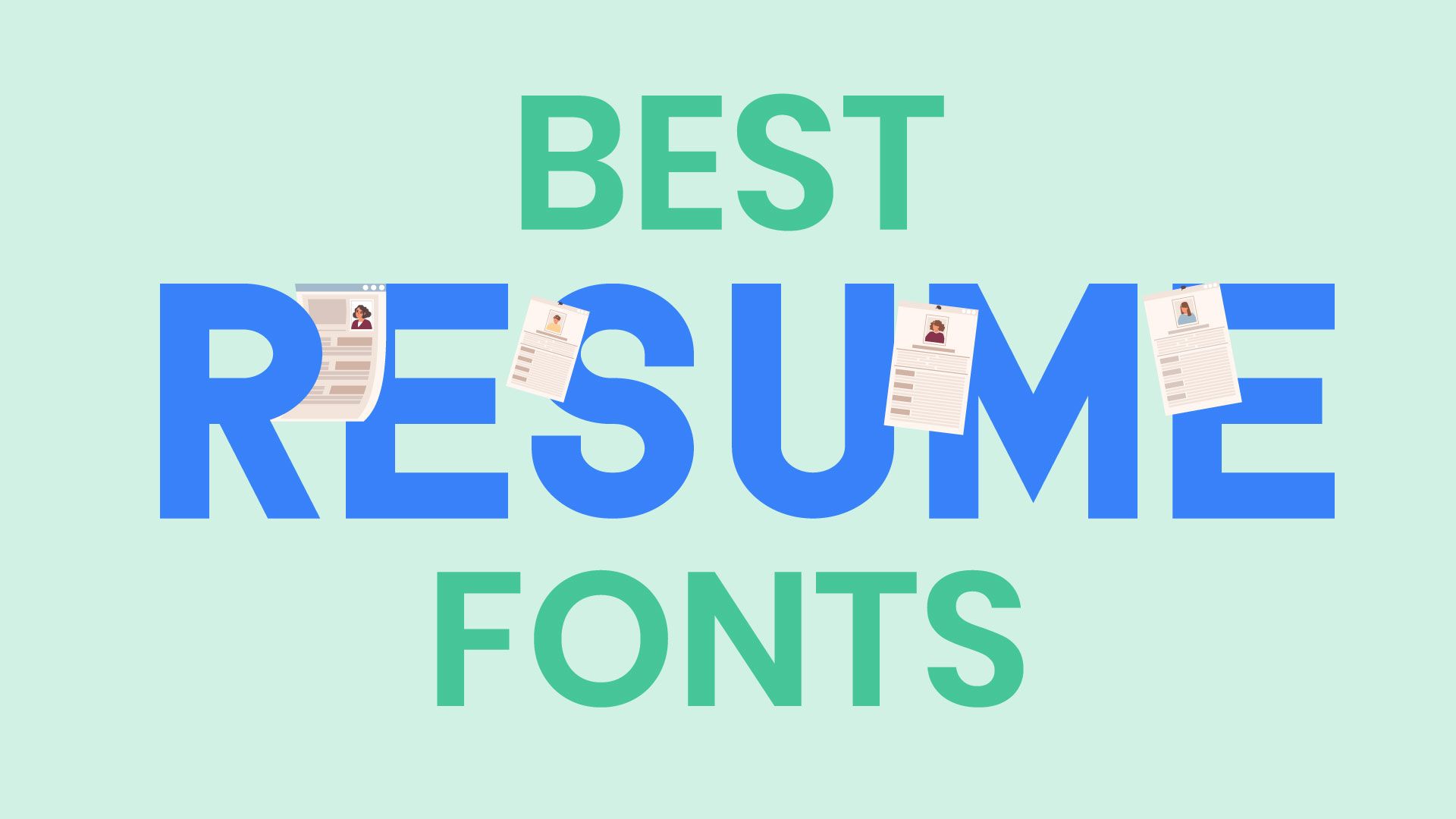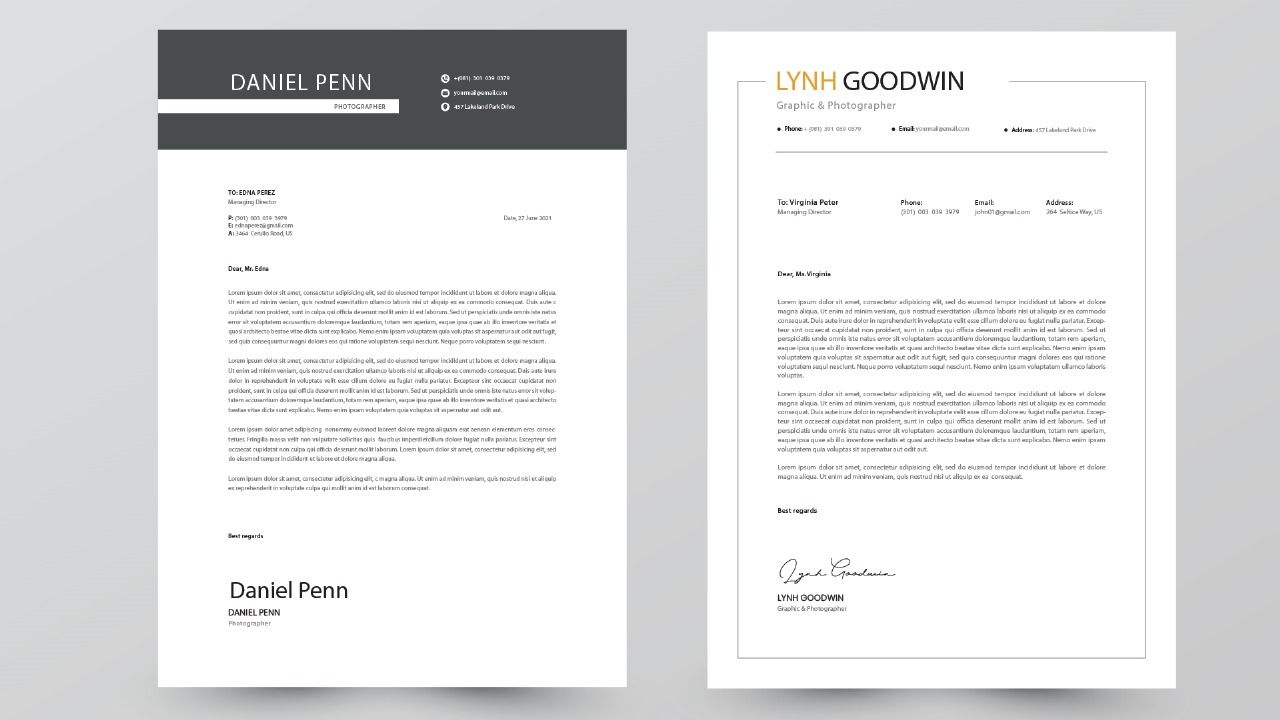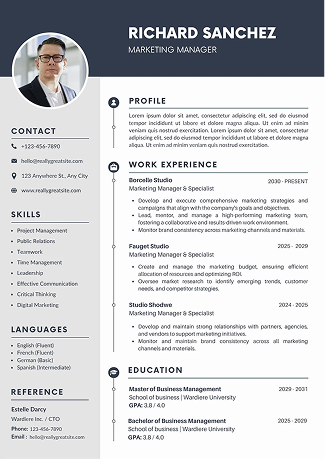Overview
Learn how to write a cover letter that actually gets noticed. This guide breaks down every step — from structure and examples to quick tips that work in 2025. Discover what to say, what to skip, and how Sound CV helps you create job-winning cover letters with confidence.
You’re almost there…
You’ve polished your resume.
You’ve picked the roles you want.
You’ve practiced interview answers.
And then it hits you that you still need a cover letter.
Don’t stress. Learning how to make a cover letter is easier than it looks. In this guide, you’ll get a clean structure, clear steps, and real examples you can copy.
What Is a Cover Letter?
A cover letter is a short document you submit with your resume or CV.
Its job is to introduce you, highlight key wins, and explain why you fit the role.
- Ideal length: 250–400 words.
- Goal: convince the hiring manager to invite you to an interview.
- Tone: professional, warm, and specific to the role.
A cover letter should add context your resume can’t. Use it to:
- Spotlight one or two high-impact achievements.
- Explain a career change or employment gap.
- Show your motivation for this company and role.
Think of it as a focused pitch, not a repeat of your resume.
When Should You Write a Cover Letter?
Short answer: almost always.
- If the job ad requires a cover letter, include it.
- If it doesn’t, send one anyway. It signals effort and helps you stand out.
- If the application portal has no field, upload it as a single PDF with your resume or paste it into the notes section.
- A thoughtful cover letter for job application materials often tilts a close decision in your favor.
Quick tip: Applying to a program or scholarship? The same principles apply to a motivation letter clear, specific, and tailored.
How to Write the Perfect Cover Letter that Get You Hired
Follow this structure exactly. It’s easy to scan and proven to work.
Choose the Right Template
First impressions matter. Pick a resume cover letter format that matches your field:
- Conservative fields (law, finance): clean, simple, black text, plenty of white space.
- Creative/tech: modern headings, light accent color, tasteful iconography.
Quick Tips:Keep fonts standard (e.g., Calibri, Cambria, Inter). Use 11–12 pt body text with 14–16 pt headings.
Put Contact Information in the Header
At the top of your cover letter for resume, include:
Your details
- Full name
- Job title (match the posting’s title)
- Phone number
- Professional email
- City and country
- Relevant links (LinkedIn, portfolio, GitHub)
Employer’s details
- Hiring manager’s name and title
- Company name
- City and country
- Date (optional)
This also works if you’re sending a cover letter for CV in markets where “CV” is standard.
Address the Hiring Manager
Whenever possible, use a name:
- Dear Ms. Khan,
- Dear Jamal Ahmed,
Can’t find it? Use:
- Dear Marketing Hiring Manager,
- Dear Talent Acquisition Team,
Tips:Avoid “To Whom It May Concern.” A little research goes a long way on LinkedIn or the company site.
Write an Eye-Catching Introduction
Open with value, not biography.
Weak:
“My name is Ayesha. I’m applying for the Sales Manager role.”
Strong:
“I’m excited to help ABC Company beat its Q4 targets. At XYZ, I grew monthly revenue by 38% and led the top-performing sales pod.”
In two sentences, state:
- The role you’re targeting.
- One relevant, quantified win.
- A hint of why this company and role interest you.
Use the Body to Prove Fit
Split the body into two tight paragraphs.
Paragraph 1: Why you match the role
Mirror the job ad. Prioritize the top three requirements and show evidence.
Example for a digital marketer:
“At BrightLabs, I managed ₹3M/month in paid social across Meta and Google, improving ROAS from 2.1 to 3.6 in 90 days. I built landing pages, wrote copy, and ran 20+ A/B tests each quarter.”
Paragraph 2: Why you fit the company
Show you’ve done your homework.
“I’m drawn to ABC’s freemium model and your focus on small business enablement. I’ve followed your recent launch in APAC and believe my regional experience and SME playbooks align well with your growth goals.”
This is how to write a cover letter for a job application that feels tailored, not generic.
6) Wrap It Up and Sign It
End with:
- A quick recap of your core strengths.
- Gratitude for their time.
- A clear call to action.
Example closing:
“I’d welcome the chance to discuss how my pipeline growth playbook can help ABC exceed its 2026 targets. Thank you for your time and consideration.”
Then add a formal sign-off:
- Best regards,
- Kind regards,
- Sincerely,
Followed by your full name.
Cover Letter Examples (Short, Scan-Friendly)
Below are brief, plug-ready cover letter examples you can adapt. Each follows the structure above.
College Student (No Experience)
Intro:
“I'm applying for the Marketing Intern role at XYZ. At university, I led a campaign that grew club sign-ups by 62% in two weeks through Instagram reels and peer ambassadors.”
Body:
“Your brand’s focus on student creators resonates with my work running @CampusBytes (4k followers). I can help plan content calendars, draft captions, and report weekly insights.”
Close:
“I’d love to support your summer push and learn from your team.”
Middle Management (Project Manager)
Intro:
“As a Project Manager at DeltaSoft, I’ve delivered 30+ web builds on time and under budget, cutting cycle time by 18%.”
Body:
“I’m drawn to your product-led culture and distributed teams. I’ve managed squads across three time zones using Scrum and Kanban.”
Close:
“Happy to discuss how my PMO toolkits can streamline your roadmap.”
Team Lead
Intro:
“I led a 10-person support team to a 24-hour first-response SLA and 92% CSAT.”
Body:
“Your customer-first values match my coaching style. I build playbooks, scorecards, and weekly 1:1s.”
Close:
“Let’s explore how I can lift your retention metrics.”
Career Change
Intro:
“After five years in teaching, I’m shifting to Learning & Development. I created 40+ curricula and improved pass rates by 27%.”
Body:
“Your L&D team’s micro-learning approach aligns with my design methods.”
Close:
“I’d love to bring classroom-tested methods to your onboarding.”
Senior Executive
Intro:
“As a VP Sales, I scaled ARR from $8M to $22M in 24 months.”
Body:
“I’ve built high-velocity teams, enterprise playbooks, and partner channels.”
Close:
“Keen to discuss go-to-market for your EMEA expansion.”
9+ Cover Letter Examples by Profession
- IT / Software Engineer: Repos, shipped features, uptime, performance wins.
- Consultant: Client outcomes, frameworks used, revenue impact.
- HR: Time-to-hire, DEI initiatives, policy rollouts.
- Business / Operations: Process improvements, cost savings, dashboards.
- Sales: Quotas, ACV, pipeline hygiene, win rates.
- Social Worker: Caseload, community programs, outcomes.
- Lawyer: Case types, research, filings, client results
- Administrative Assistant: Calendar mastery, tools, efficiency stats.
- Engineer (Mechanical/Civil): Projects delivered, safety, standards
- Receptionist: Front desk throughput, scheduling accuracy, POS systems.
- Teacher (cover letter for teaching job): Student growth data, curricula, extracurricular leadership.
Use these cues to swap in your figures and tools, and you’ve got sharp, role-specific cover letter examples.
Plug-and-Play Cover Letter Template (Free)
Copy this and replace the brackets:
[Your Full Name]
[Your Job Title] • [Phone] • [Email]
[City, Country] • [LinkedIn URL] • [Portfolio/GitHub]
[Date]
[Hiring Manager’s Name]
[Hiring Manager’s Title]
[Company Name]
[City, Country]
Dear [Mr./Ms./Mx. Last Name],
I’m excited to apply for the [Exact Job Title] at [Company]. In my current role at [Current Company],
I [verb + quantified achievement], resulting in [impact metric] over [timeframe]. I’m eager to bring
that momentum to [Company] and help [specific team or goal].
At [Previous/Current Company], I:
• [Achievement #1 with number or tool]
• [Achievement #2 with number or tool]
• [Achievement #3 tied to job requirement]
I admire [specific thing about the company—product, customers, mission]. Your focus on
[company initiative or market] aligns with my experience in [relevant skill/industry].
I’m confident I can help [team] achieve [target or KPI].
I’d welcome the chance to discuss how my background can support [Company] this year.
Thank you for your time and consideration.
Sincerely,
[Your Full Name]
Cover Letter Writing Checklist
Before you hit send, confirm each item:
Header
- Name, title, phone, email
- Location and relevant links
- Hiring manager and company info
- Date (optional)
Greeting
- Addressed to a person or team
- Professional salutation
Introduction
- Role named
- One quantified achievement
- Brief reason you’re interested
Body
- Mirrors the job ad
- Shows 2–3 relevant wins
- Explains company fit with specifics
- Uses plain language and numbers
Close
- Recap strengths
- Thank them
- Clear call to action
- Professional sign-off
Polish
- One page or less
- 250–400 words
- No typos or slang
- Consistent resume cover letter format
- Saved as PDF with a clear filename (e.g., Aisha-Khan-Cover-Letter-ABC.pdf)
15 Practical Cover Letter Tips
- Customize every letter. Hiring teams can spot templates.
- Lead with impact. Put your strongest number up top.
- Match the posting. Use the job ad’s keywords naturally.
- Write tight. Short paragraphs, active voice.
- Use numbers. % growth, revenue, cost saved, time reduced.
- Show tools. Name platforms, languages, CRMs, and stacks.
- Explain gaps. One line is enough; focus on what you learned.
- Flag relocation. Note willingness and target date.
- Mind your email. firstname.lastname works best.
- Proofread. Read aloud. Then run a spell check.
- Keep it human. Professional, warm, and specific.
- Avoid clichés. “Team player” needs proof.
- Align tone. Mirror the company’s writing style.
- Use a P.S. Optional line to add a final win or link.
- Pair with a great resume. A strong cover letter for a resume needs an equally strong resume.
The Heart of Your Job Search: Pair With a Strong Resume
Your cover letter opens the door. Your resume earns the meeting.
Make sure your resume:
- Matches your letter’s title and keywords.
- Uses clear bullet points and numbers.
- Shows results, not just duties.
- Uses the same resume cover letter format (fonts, spacing, style) for a polished pair.
Key Takeaways
- A cover letter is a short pitch that complements your resume or CV.
- Always tailor it to the role and company.
- Lead with one standout, quantified result.
- Show how your skills match the ad and why you want this role.
- Keep it to one page, error-free, and easy to scan.
When you know how to make a cover letter, the blank page stops being scary and starts working for you with Sound CV you can make every application stand out with confidence.
Also Check Our Blog on:
How to make a Cv for Internship
FAQs
Frequently asked questions about this topic
Related Blogs
Explore more insights and guides you might like.

What is the Difference Between Application and Cover Letter
Learn the key difference between an application and a cover letter when to use each, what to include, and stand out to employers in 2026

Is Sound CV good for students and fresh graduates with no experience?
Sound CV is perfect for students and fresh graduates, helping them create professional resumes that highlight skills, projects, and potential even with little or no work experience.

30+ Best Resume Fonts to Use in 2026
Choose from 30+ of the best resume fonts for 2026 to create a clean, professional, and ATS-friendly resume that stands out to recruiters.

